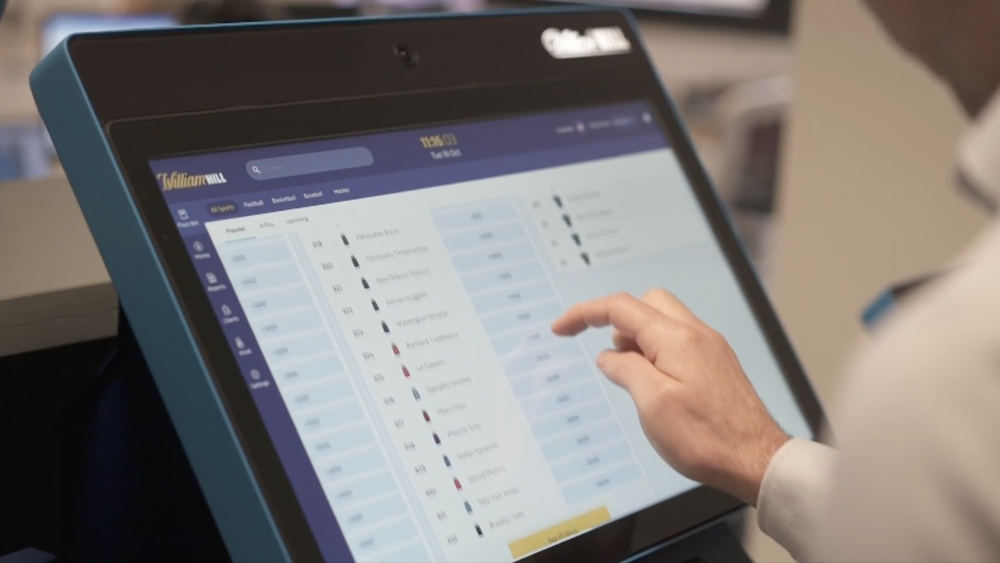DISCLAIMER: this article is older than one year and may not be up to date with recent events or newly available information.
The gaming industry has been transformed by technology. The major players have invested and innovated, so we can all play online from the comfort of our homes, or on our smartphones.
William Hill is a hugely complex, fast-moving operation. The company’s online business handles millions of transactions a day. It is not enough for William Hill to simply handle this workload, it must do so in an agile fashion. The gaming sector may be dynamic, but customers are not loyal. If an app doesn’t work for a moment, consumers will take their money elsewhere.
William Hill’s traditional infrastructure approach – blade chassis and storage arrays – was struggling to support business agility and risking online downtime.
Developer teams were challenged by manual processes which slowed change management, and the cost of additional capacity was too great. With at least 1,000 products being added or changed each month, and a large team of developers, this monolithic environment was a significant issue. In its own words, the business “needs to scale-out intelligently.”
The solution lies in hyperconverged infrastructure (HCI) and containers. This approach allows developers to build apps and put them into production extremely rapidly. HCI creates an infrastructure that is secure, easy to manage and cost-effective, and able to scale to meet short-term peaks in demand. HCI also enables William Hill to keep data in territory, vital for a global business to meet local data regulations. Using containers for apps allows William Hill’s developers to be more productive and efficient, with faster time-to-value for their products.
William Hill’s infrastructure is built on a range of VMware solutions. VMware NSX-T™ Data Center is a network virtualisation and security platform that delivers security across multiple diverse endpoints including VMs and containers. VMware vSAN™ delivers secure shared storage with industry-leading HCI. William Hill runs 80% of its applications on this infrastructure, either in Kubernetes containers or on virtual machines using VMware vSphere®. Workloads are distributed between various data centers in the William Hill group.
NSX-T means that William Hill can run a single network platform to connect and protect its older traditional applications, as well as more recent cloud-native workloads, with everything configured by consistent network and security policies. Developers can now create one deployment plan which covers all required aspects, including firewall rules and load balancing.
With this modern infrastructure, the business can be quicker to absorb new acquisitions, faster to launch in new markets, and faster to roll-out new digital products to customers. Being able to flex the infrastructure and moving resources around projects on demand makes William Hill more efficient and more responsive. Under the previous system, where it might have taken six weeks to put in place the infrastructure to support a new development project, today the required infrastructure is in place in hours. Already, William Hill’s launch of operations in New Jersey has been largely done on the VMware platform.
The solution delivers ongoing cost and resource savings. There is less bureaucracy involved in managing the environment, and six-figure cost avoidance on the procurement of new storage and new blade chassis. William Hill estimates 20% of the benefit of HCI will come from automation, the ease of configuration and self-healing. Such efficiency equates to time savings of around 25% on every product release.
Within the next year, William Hill is planning to add artificial intelligence (AI) capabilities, so its system can automatically allocate more resources where required, for example to handle major sporting events.
Ultimately, the business wants Infrastructure as Code. The plan is to move the remainder of its applications to an Elastic Kubernetes Service, either on premise or in AWS.
Category: News & Highlights, Success Stories
Tags: Artificial Intelligence, HCI, Hyperconverged Infrastructure, NSX-T, vmware nsx, vSAN, vSphere, William Hill





No comments yet